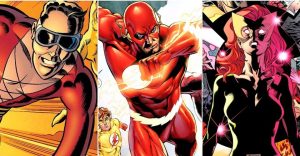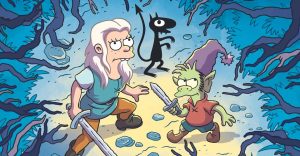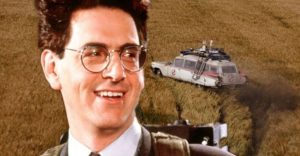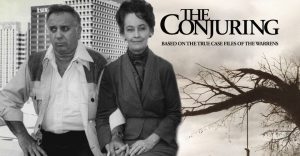DC Comics Needs To Promote Its Earth One Universe
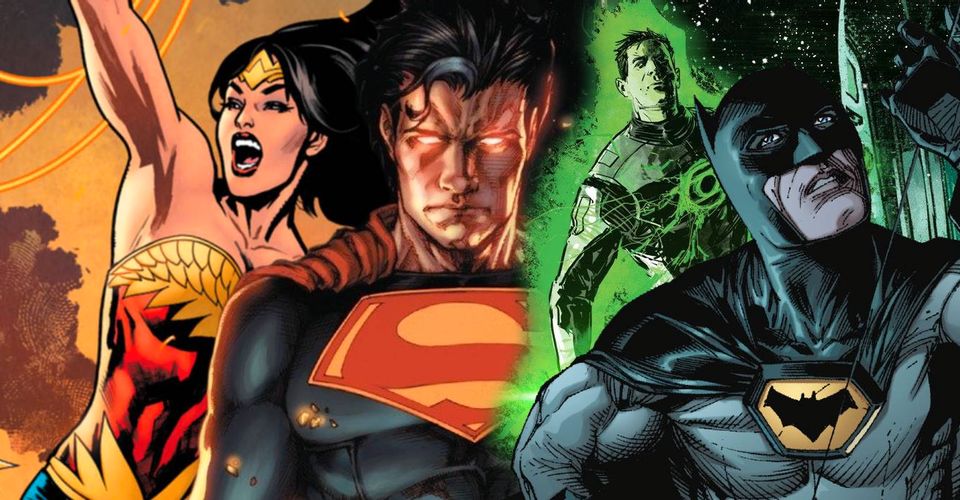
When DC Comics launched the Earth One line of graphic novels, it was shaping up to be a promising new universe intended to reinvent characters through grounded approach for modern audiences. Only Superman, Batman, Wonder Woman, Green Lantern, and the Teen Titans have been reimagined in standalone stories, but the rest of the DC Universe deserves the Earth One treatment.
Set outside the confines of the mainstream DC canon, Superman: Earth One kickstarted the series of rebooted origin stories, with a darker tone than the one usually attributed to the Man of Steel. The first volume in 2010 was written by J. Michael Straczynski with art by Shane Davis and Sandra Hope. While the book pushed Clark Kent into a more realistic, familiar world, it maintained heart as he endured a journey of self-discovery. At the time, fans felt the story was intended to lay the groundwork for an eventual film adaptation. The assumption seemed to be validated by Zack Snyder’s Man of Steel which released two years later, and embodied a similar grounded tone and alien invasion storyline. When writer Geoff Johns teamed up with artist Gary Frank for Batman: Earth One, it appeared they had a similar pursuit. The creative duo’s trilogy inevitably inspired elements of Matt Reeves’ The Batman, as Earth One has acted as a movie prototype of sorts, prompting writers to create cinematic stories.
As Batman: Earth One is cited by fans as one of the film’s key influences, the spotlight is returning to the untapped potential of DC’s Earth One initiative. Between the five titles that have been published, there have only been 13 entries within a decade. While DC’s imprint Black Label provides a space for creators to branch off the mainstream iterations of characters with darker and more mature comics, it doesn’t prompt the same level of ambition present throughout Earth One. When DC initially announced the project, fans were excited for trusted writers and artists to finally have the opportunity to create a new take on characters. The creative teams would be able to experiment with superheroes they had previously been restricted to write within the limitations of canon. Through the years since Earth One launched, DC has gone through multiple rebrands and reboots, but the series has remained a consistent source of quality storytelling from writers and artists who have had the freedom to reinvent the universe as they envision it.

Each Earth One entry has given casual fans the chance to get plugged in the DC Universe for the first time. Unfortunately, it has been primarily known by comic book readers who are already acquainted with titles, and are simply seeking alternate retellings of characters they know well. However, Earth One should be prioritized as a means of bringing fresh takes on familiar characters, with new readers as a target demographic.
In the drastically original take on Green Lantern, written by Gabriel Hardman and Corinna Bechko with art also by Hardman, Hal Jordan is a former pilot turned space miner who lives in the near future. When he discovers an abandoned spaceship within an asteroid, he begins his journey toward becoming a superhero. The bold take on the Green Lantern mythos was an exciting entry point both for comic book readers who hadn’t known the lore, and general modern audiences who similarly didn’t have a preconceived idea of the character. It also worked as a reimagining for longtime fans, curious to see a different depiction of the Green Lantern Corps. By stripping down the character to his essential components, he could be rebuilt from the ground up, with modern sensibilities in mind. The same philosophy has shaped the rest of Earth One, in the depictions of Batman, Superman, Wonder Woman, and the Teen Titans.
As DC has prompted creators to utilize Earth One as a means of experimentation for alternate character dynamics and backstories, it has largely been proven successful. Bruce Wayne’s ex-soldier butler Alfred, who is more of a bodyguard and mentor, hadn’t been portrayed in such a light before Geoff Johns’ Earth One entry. Now, the take on the character has become widely accepted as a fun alteration from the kindly old butler. Similarly, the Waynes’ connection to the Arkhams ingrained itself as a compelling extension of the Batman mythos that hadn’t been considered before in his 80 year history. The Batman: Earth One trilogy incorporated many other distinctions, such as Bruce’s friendship with underground informant Killer Croc. Such tweaks to characters allow the DC Universe to feel fresh and alive, as creators can evolve heroes that might otherwise become stagnant in their depictions.

While DC has rebooted a handful of times in the past decade with The New 52 and Rebirth, Earth One has remained untapped in its full potential. Both initiatives had attempted to reestablish characters in light of modern day readership, while maintaining their appeal from devoted fans. However, certain heroes either became too unfamiliar or too familiar, prompting the need for yet another new coat of paint just a few years later.
It remains unseen what Earth One could have in store for heroes such as the Flash and Aquaman, who both had retellings announced several years ago. The alternate take would also benefit the rest of the Justice League, regardless of whether they eventually crossed paths in a team-up book. From Martian Manhunter to Green Arrow, there is a wide array of heroes worthy of receiving the same treatment. In the midst of the publisher’s rebrands, Earth One continues to offer a fresh spin on the DC Universe, intended for both comic book readers and casual fans.
About The Author











